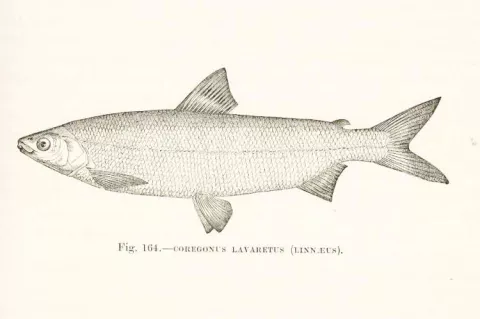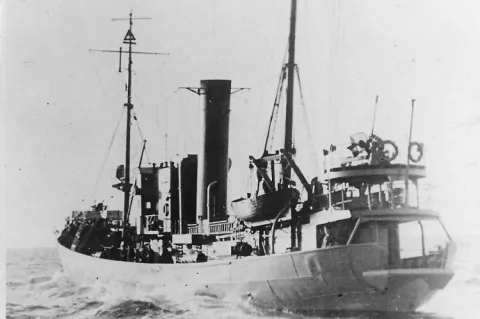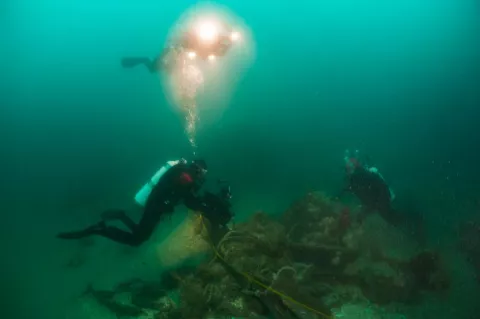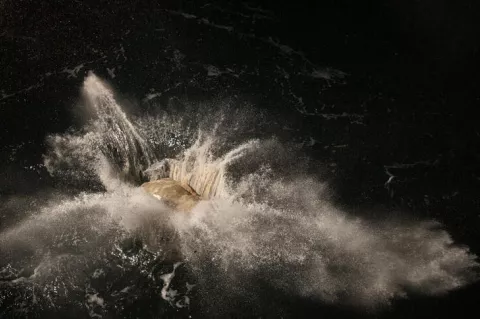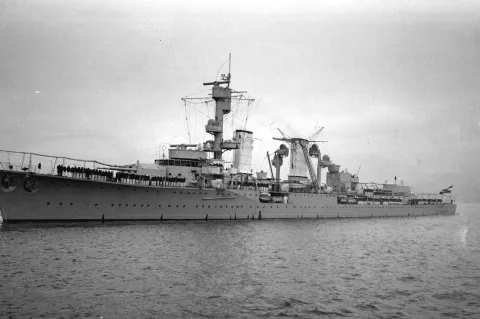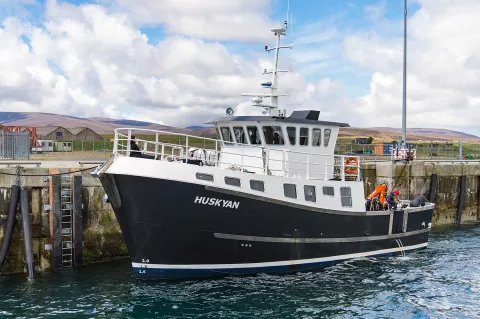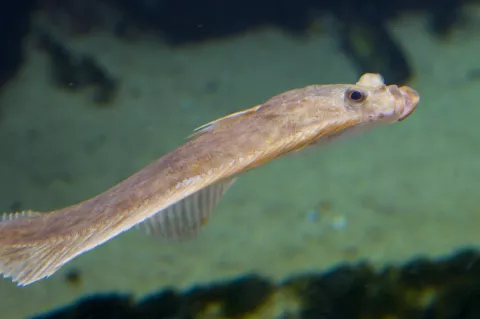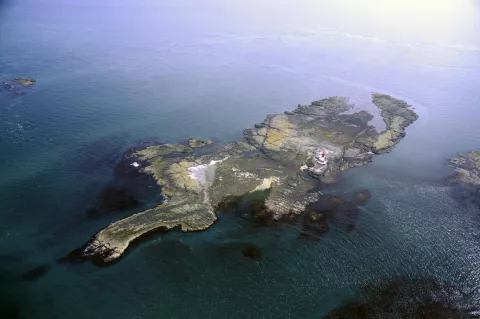The Houting's Remarkable Return: Not Extinct After All
The Houting fish, believed to have vanished from our waters, has made an unexpected return. Previously listed as 'extinct' on the IUCN Red List of Species, recent research has unveiled that this fish is not only thriving but is also not a distinct species as once thought.
The initial classification of its extinction was centred on morphological differences, especially the number of gill rakers. However, a detailed study published on bmcecolevol.biomedcentral.com contradicts this.

